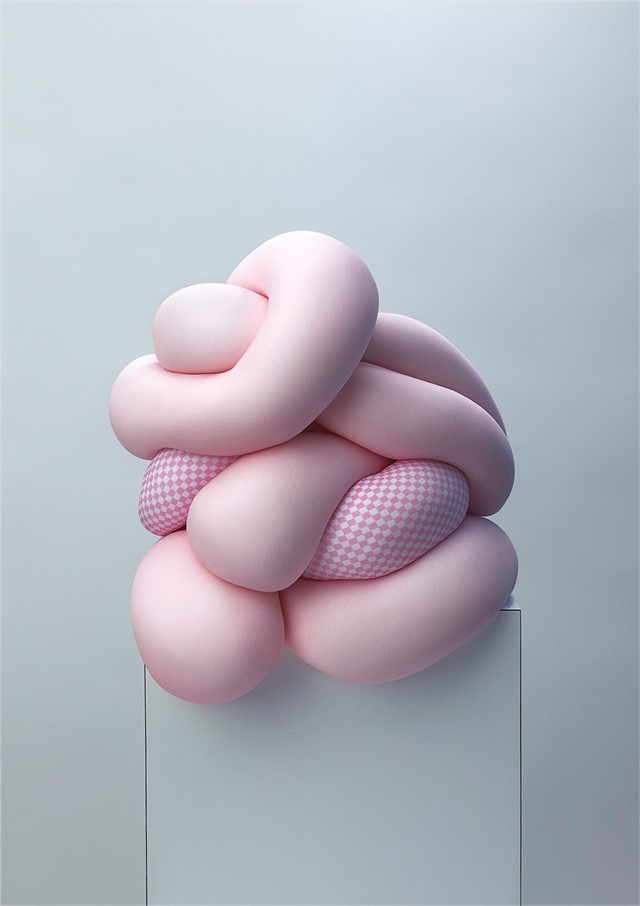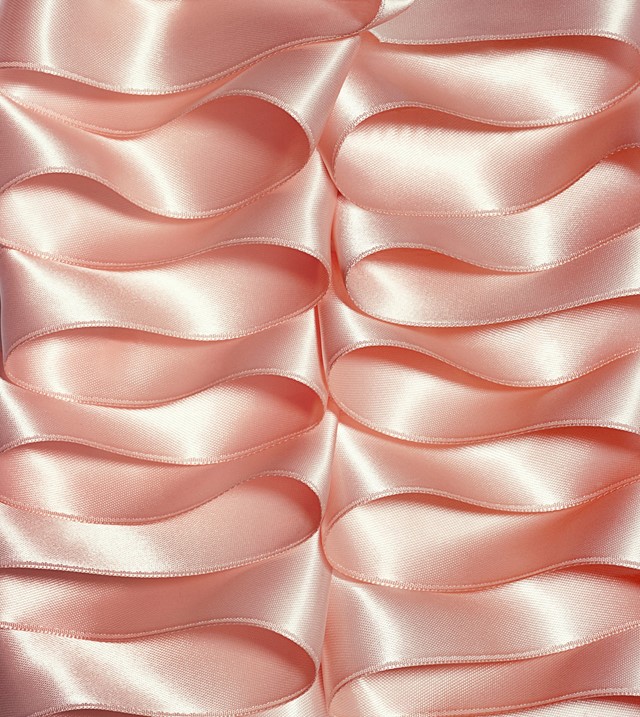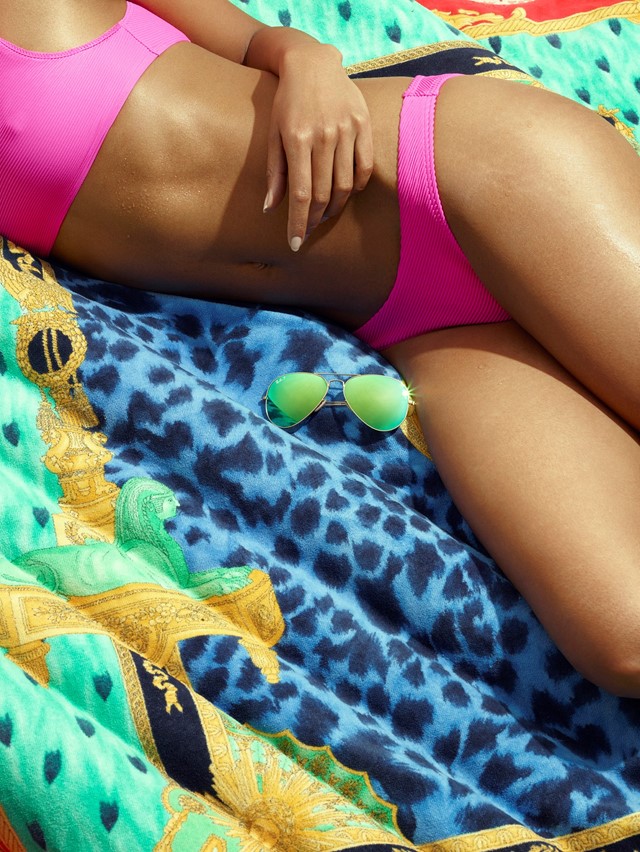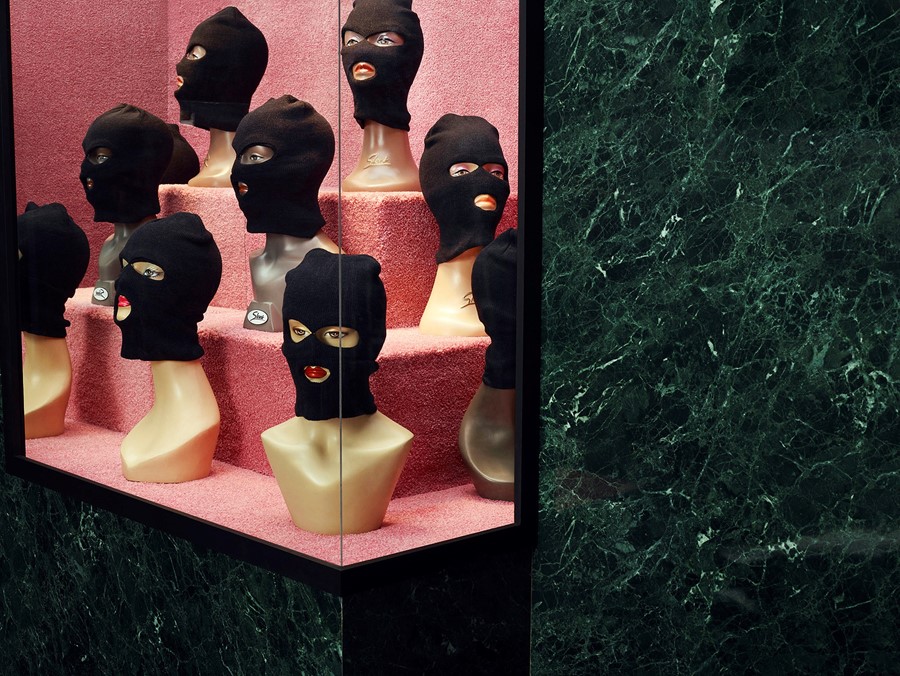Catherine Losing and Anna Lomax photographed bucket hats, Birkins and balaclavas for the beautiful new catalogue which accompanies MoMA’s first fashion exhibition in 70 years
How do you begin to distill the most historically and socially important items of clothes of modern times? As you can imagine, it’s quite a task. Paola Antonelli, curator of Items: Is Fashion Modern?, a newly opened exhibition at The Museum of Modern Art in New York, started simply by listing “garments that changed the world” off the top of her head: Levi’s 501 jeans; the beret; door knocker earrings; Speedos; the keffiyeh. It went on: the little black dress; a Rolex; the bumbag; a kilt. Before she knew it, Antonelli and her team had a list of over 500 items, and were having heated debates on the significance of the tube sock. They become obsessed with recording outfits they spotted while riding the New York subway and began to arduously whittle down their list of fashion’s most significant items to a more exhibition-friendly 111.
The result is a broad (and rather delicious) survey of what the world has worn for the past two centuries. And that’s the whole world, not just the Western one. There’s a democracy to Items, which is MoMA’s second ever fashion design-related exhibition (the first was way back in 1944). “Whether we think of what we wear as fashion or not (and I would argue it is), it’s our first interface with the world and, as such, a crucially important area of design to interrogate,” says Antonelli. After all, what we wear isn’t an isolated topic, it’s tied intimately with issues of culture, politics, labour, environment and power, just as much as any of the other artworks under the museum’s roof.

From a small Remembrance poppy lapel pin to Bruce Lee’s red tracksuit, the exhibition’s items are both commonplace and wholly unique. As such, Antonelli commissioned five contemporary photographers from five different countries to photograph an equal share of the items on the list for the exhibition’s accompanying catalogue. These portraits strip the world-changing garments of their perhaps austere archival exhibition look, and take them into places we’re used to seeing them, like pavements, marketplaces or surreally styled glossy advertisements.
“Fashion has such a profound relationship with photography,” says Antonelli, “from high fashion to high street, to family memories of what the generations above us wore. The photographers we chose, I think, unlock these layers of meaning.” From Senegal, New York, London, Tokyo and Johannesburg respectively, the way photographers Omar Victor Diop, Bobby Doherty, Catherine Losing, Monika Mogi and Kristin-Lee Moolman captured the items on their lists was influenced not only by their own tastes and upbringing, but also by how the garment is viewed within the culture they grew up in.

A drawstring Nike backpack is worn by someone with a matching Nike swoosh shaved into their head, in one photograph taken by London-based photographer Catherine Losing, who told AnOther more about the commission: “That backpack reminded me of the “swoosh” that boys from my school near Doncaster shaved into the back of their heads in the late ‘90s. Anna [Lomax, Losing’s longterm collaborator, who styled each look] had the same reference point, apparently it was also a big thing in south London.”
That portrait shows how blurred the cultural ownership of what we wear can be: a shaved swoosh might seem familiar to anyone who grew up in 1990s Britain, but look closer and you realise it’s style that’s been adopted by kids, rappers and footballers from all over the world for the past three decades.

The bucket hat, the Birkin, the leather jacket, the balaclava and a padded, form-fitting dress from Rei Kawakubo’s Body Meets Dress, Dress Meets Body collection for Commes des Garçons in 1997 were some of the items on Losing and Lomax’s list. “Anna and I would do separate moodboards for the items, then come together and chat through it all,” says Losing. “Usually there’d be a lot of crossover with references and how we imagined approaching them.” Once they’d planned how each item would be represented, they had the sometimes tricky task of sourcing the garments, or making them themselves.
Their sumptuous take on Body Meets Dress, Dress Meets Body could be mistaken for a pile of oversized foam hair rollers – or nifty neck pillows. “I don’t want to give away Anna’s trade secrets,” Losing told us via email, “but I think it was a pair of leggings with salt in!” Sourcing an Hermès Birkin bag on the other hand, proved near impossible: “We had a complete nightmare trying to get hold of one, which is exactly why it’s in the exhibition; Hermès created a massive buzz by making them unattainable. Even MoMA struggled. Luckily it turned out a colleague knew a collector who very kindly lent us one for the shoot. But I was so terrified by its value – it’s worth more than a couple of houses back where I’m from – that I employed security to transport the bag.”

Whether you’re walking through the exhibition or leafing through the accompanying catalogue, it’s hard not to want some of these items for yourself. Of course, there’s a faithful Gore-Tex or a Breton jumper that you may well already own. But just imagine owning Donna Karan’s 1985 Seven Easy Pieces capsule collection for yourself. “I’m more like Jeff Goldblum in The Fly,” says Losing. “I have multiples of the same jeans, T-shirts and turtlenecks. I’m so boring! Anna is more exciting, she’s always got a great manicure or pair of Air Force Ones.”
Items: Is Fashion Modern? runs until January 28, 2018 at MoMA, New York.






